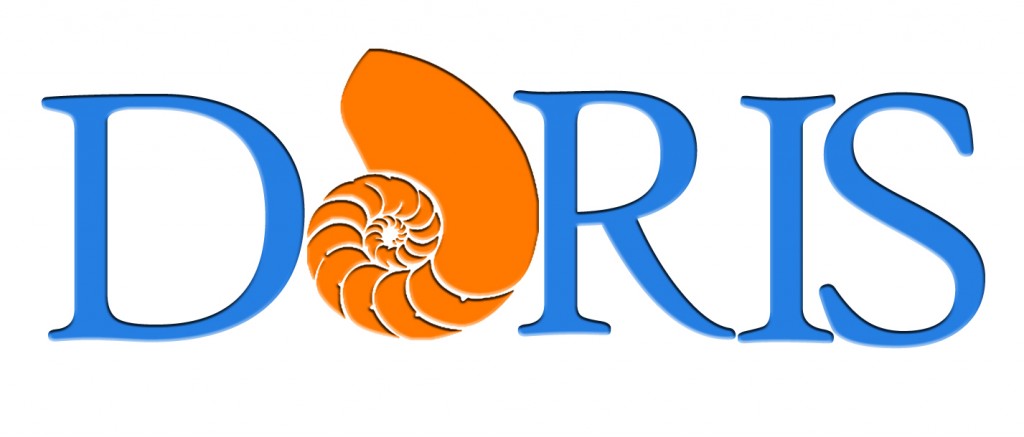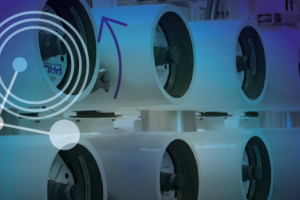Authors: Silvana Ghiu, PhD, P.E., Gerry Filteau – SPI, Diane Gatza – West Basin Municipal Water District
Large-scale implementation of seawater desalination for augmentation of potable water supplies is receiving increased consideration globally, including specific regions of the U.S. Notably, California, Florida and Texas have projects under development. A significant factor in the implementation of seawater desalination for potable water production is the energy consumption associated with the process, perceived or actual. The presentation of energy consumption values by different entities often suffer from a lack of local real world data and standardization in the calculation methodology, reporting format and transparency with regard to basic process and engineering assumptions. This presentation will summarize the results of a twelve month Tailored Collaboration between Water Research Foundation (WRF) and West Basin Municipal Water District (West Basin). Separation Process (SPI) consulting engineers are the selected contractor and principal investigator for the project which will develop an Excel based energy consumption model together with the guidance and tools to understand and communicate the energy consumption associated with seawater desalination by Reverse Osmosis (RO) process.
The objectives of this collaboration are to: (1) Establish relationships between operating parameters and treatment process performance for key components of the overall seawater desalination process. This work provides specific guidance identifying the impact of source water quality, membrane selection and variations in operation on energy consumption; and (2) Define a standard energy consumption model which will provide thorough, accurate estimation, in addition to consistency and transparency as to its basis.
Part 1 draws on real-world performance data generated at the West Basin Municipal Water District’s Ocean Water Desalination Demonstration Facility (OWDDF) in Redondo Beach, CA. The OWDDF is a new state-of-the-art facility demonstrating the complete desalination process, including membrane filtration pretreatment, reverse osmosis, and post treatment, on an open intake supply. In addition to quantifying the impact of operating variations on energy consumption, the facility encounters seasonal source water quality fluctuations, including storm events and algal blooms. This data is compiled in the form of guidance to quantify the impact of operating parameter and source water quality changes on process energy consumption.
Part 2 is the development of a desalination energy consumption model. This tool establishes a standard framework for energy consumption estimating and guides the user to identify all energy consumption elements within a facility, reviews guidance provided from Part 1 of this project and clearly defines the basis for assumptions used.
It is anticipated this work will advance the application of desalination process refinements which minimize energy consumption. This will be accomplished by disseminating relevant data from the OWDDF and providing a tool which aids the desalination community in identifying the optimum approach and communicating those results accurately and clearly.


